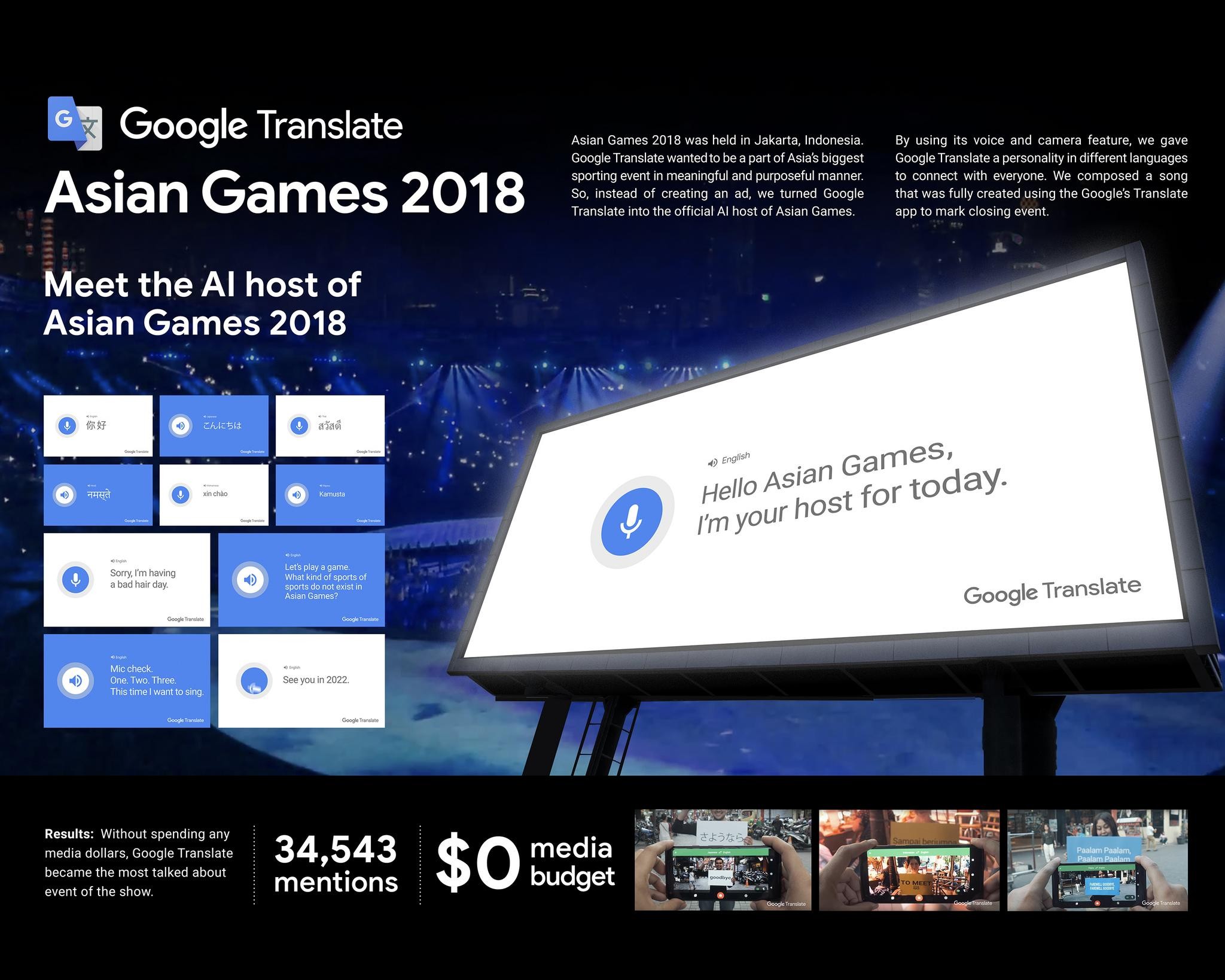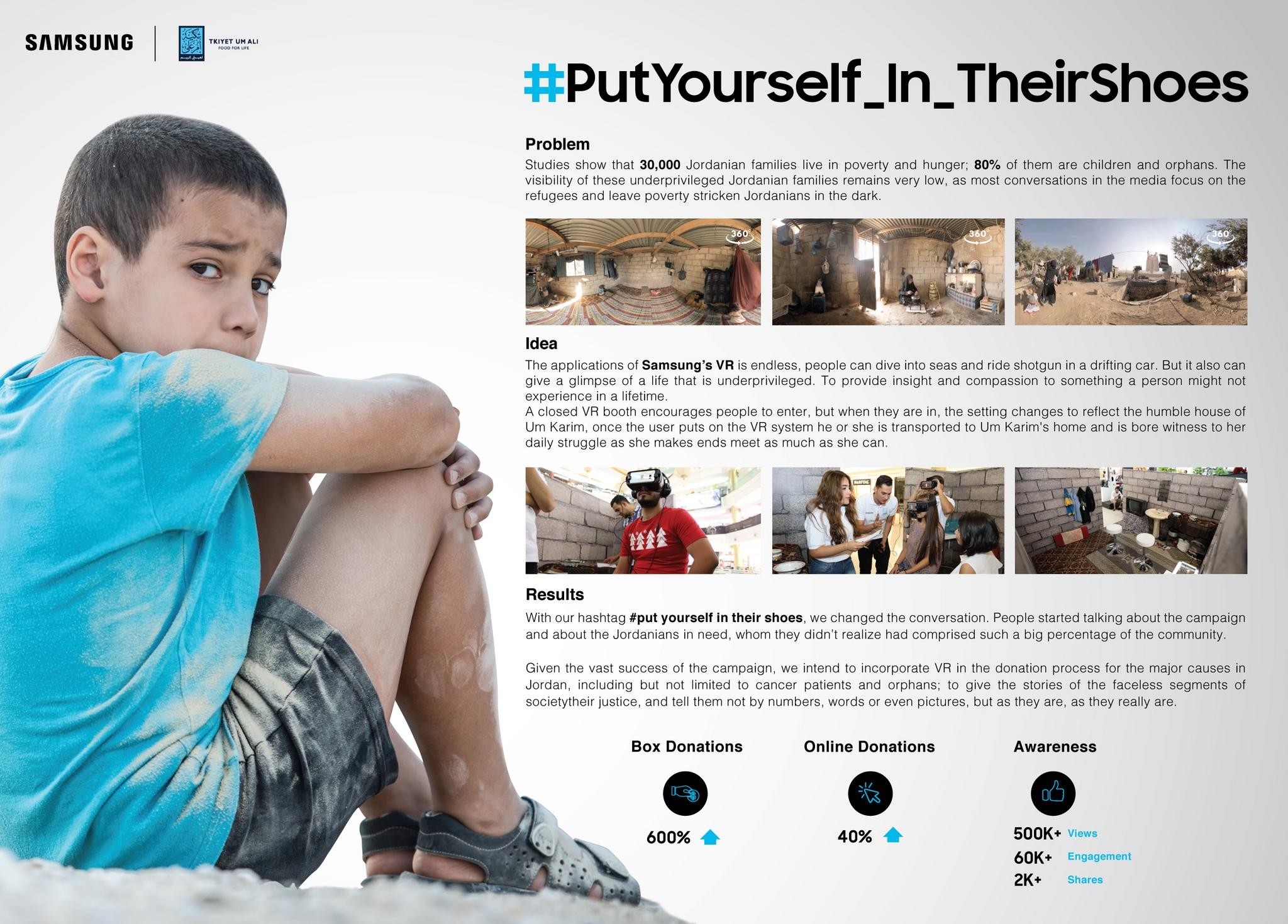Cannes Lions
Search On: Daniel and the Sea of Sound
GOOGLE BRAND STUDIO, San Francisco / GOOGLE / 2019

Overview
Entries
Credits
Overview
Background
The ocean covers 70% of Earth's surface and is very deep. But if you dive down 23 meters, 99% of the light is gone. In contrast, sound waves travel thousands of miles. So, marine mammals —especially whales— use sound to communicate.
Blue whales are some of the loudest animals on earth. Their low-frequency calls can travel long stretches of ocean, making them excellent candidates for study. At the Monterey Bay Aquarium Research Institute [MBARI], their hydrophone can hear whales up to 500 kilometers away.
The hydrophone records 24/7, leaving too much data for a human to parse (think ~12 lifetimes). But with Google’s TensorFlow, machine learning technology can do the tedious work of parsing data and identifying whale calls in days, not years. Daniel’s passion for music, combined with his newfound love of physics, give him the skills to train the TensorFlow modeling to better identify whales.
Execution
As the title suggests, Daniel’s story is the story of the role sound has played throughout his life. Our intention was to communicate to the audience what Daniel's world sounds like through his own ears. It all started with the source audio recorded during production, recording individual sounds in the lab, in a guitar factory, and at Daniel's parents’ concerts. The score utilized elements of production audio — such as slowed-down whale calls — as the backbone of individual cues. The final sound design and mix is where it all came together, in a lush and layered soundscape that invites the audience into Daniel's head.
Similar Campaigns
12 items





